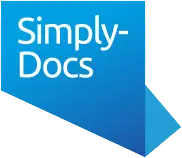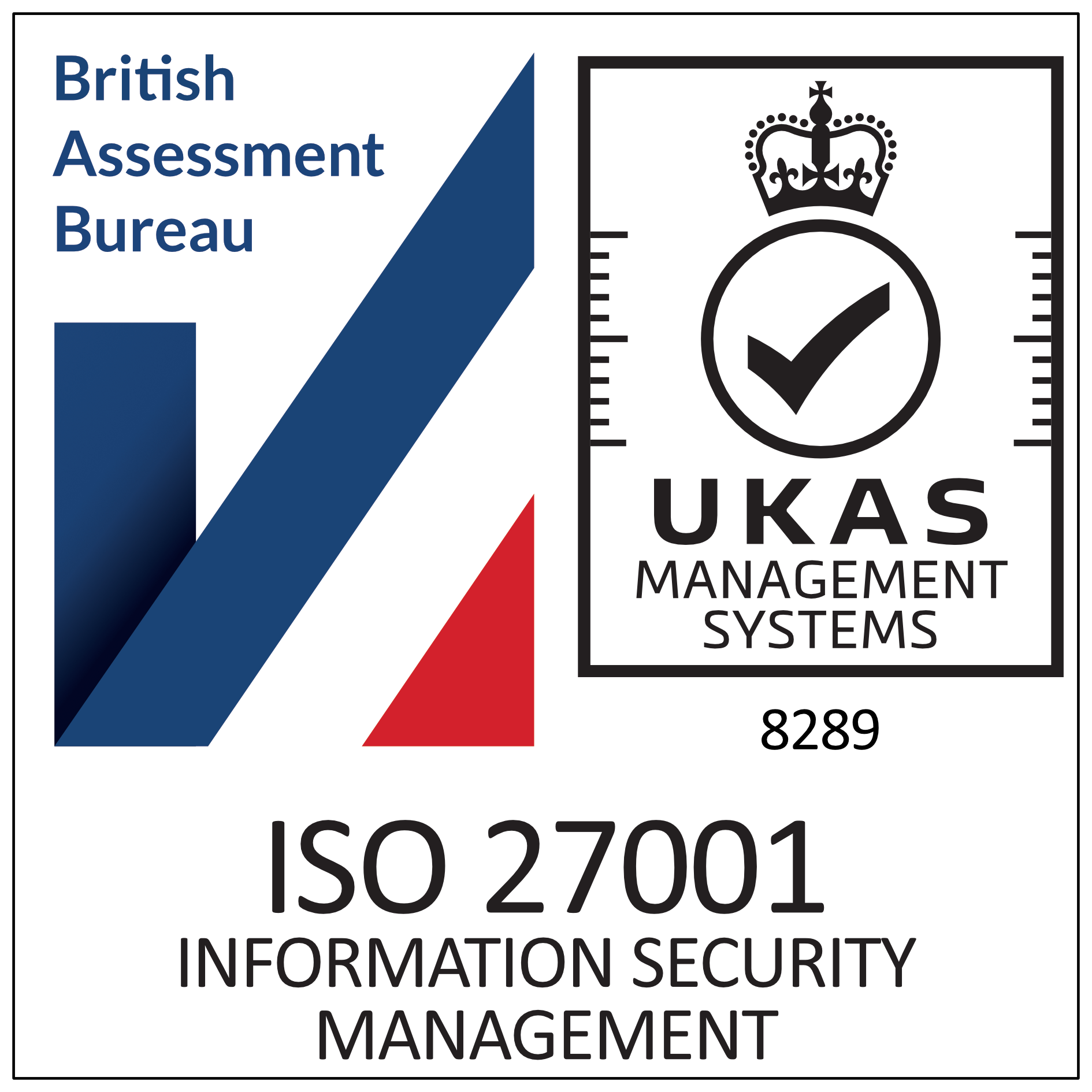Coronavirus Job Retention Scheme
Earlier this month, the Chancellor announced a range of support measures for employers affected by the coronavirus (COVID-19) pandemic, including grants available under the Coronavirus Job Retention Scheme. Details of available support can be found here, and the latest specific guidance can be found here.
What is the latest position as of 27 March 2020?
- The Coronavirus Job Retention Scheme is open to all UK employers with a PAYE scheme in place as of 28 February 2020 and any organisation with employees can apply. If an employee was on the payroll on 28 Feb and has since been made redundant, he or she can be rehired and put on the Job Retention Scheme.
- Employers can reclaim up to 80% of wage costs up to a cap of £2,500 per month, AND the associated employer NICs and minimum auto-enrolment pension contributions on that wage.
- An employer can choose to top up an employee’s salary to 100%, but there is no requirement to do so.
- For employees whose pay varies, the employer can claim for the higher of: (i) the same month's earning from the previous year or (ii) average monthly earnings in this tax year (2019-20).
- Employees are only entitled to the National Minimum Wage for the hours they actually work.
- Furlough leave must be taken in minimum blocks of three weeks to be eligible for funding.
- During furlough leave, the employee must not be working at all, although they can undertake training.
- Employees on sick pay or self-isolating cannot be furloughed, but can be furloughed afterwards.
More detail on how to claim will follow shortly.
Information on qualifying for the Coronavirus Job Retention Scheme
The scheme is intended to support employers to continue paying employees who would otherwise be made redundant or put on an unpaid period of lay-off during this crisis. It is open to all employers with a PAYE scheme, including public-sector employers and charities. The scheme is to support those whom ‘the employer cannot afford to pay’.
In order to qualify for the Coronavirus Job Retention Scheme, employers will need to:
- Designate affected employees as ‘furloughed workers’, and notify employees of this change. The term ‘furloughed’ workers has no meaning in law; for these purposes it just means they have been temporarily laid off. Changing the status of employees remains subject to existing employment law and, depending on the employment contract, may be subject to negotiation. This means that, if the employer has a short-term working/lay-off clause in their employment contract (and many employers do not), they can just tell the employee that he/she is furloughed. Otherwise, the employer has to consult and ask the employee to agree to be furloughed. It would, however, be very surprising if the employee did not agree to be furloughed if the alternative is redundancy or being laid off with no money; and
- Submit information to HM Revenue and Customs (HMRC) about the employees that have been furloughed and their earnings through a new online portal. This is not yet set up. It is anticipated that the online portal will be set up by April with the first payments being made by the end of April. HMRC will set out further details on the information required.
Other points to note
- The scheme is backdated to March 1 and will be open for at least 3 months.
- The scheme applies to everybody who is on a PAYE scheme through a company and so a zero hours worker who is on a PAYE scheme with regular hours would be covered.
- The furloughed worker must have been on the payroll at the end of February.
- HMRC will reimburse 80% of furloughed workers wage costs, up to a cap of £2,500 per month (£30,000 pa).
- Annual leave will continue to accrue during a period of lay-off or furlough.
- Employers should note that they would have to proceed with care if they only wish to designate certain workers as being furloughed as this may lead to appeals and claims if the financial impacts are substantial. In these circumstances, employers should go through a redundancy-style selection exercise.
- If an employer facing financial difficulty because of the coronavirus (COVID-19) crisis had given notice of redundancy to employees before the job retention scheme was announced, they can now ask the affected employees to agree to the withdrawal of the notice and to a period of furlough instead.
- When notice of redundancy has been issued to an employee, it is legally binding and cannot be unilaterally withdrawn by the employer. The employer must, therefore, ask the employee to agree to a period of furlough instead of redundancy. In the current circumstances, it is likely that employees will agree to keep their jobs, albeit on reduced pay, as an alternative to redundancy.
Furlough Leave Letter and Agreement documents
Two new documents are available to help you with the process of furloughing staff. The Coronavirus Job Retention Scheme Furlough Leave Letter should be used to explain an employer's plan to furlough staff in response to the pandemic and pay them funds through the Coronavirus Job Retention Scheme. Following the use of the above, the Coronavirus Job Retention Scheme Furlough Leave Agreement should be used to seek employees' agreement to the Company placing them on furlough leave. Placing an employee on furlough leave is a variation to the contract of employment. Therefore, a written agreement is required to make this change to employees' terms of employment.


